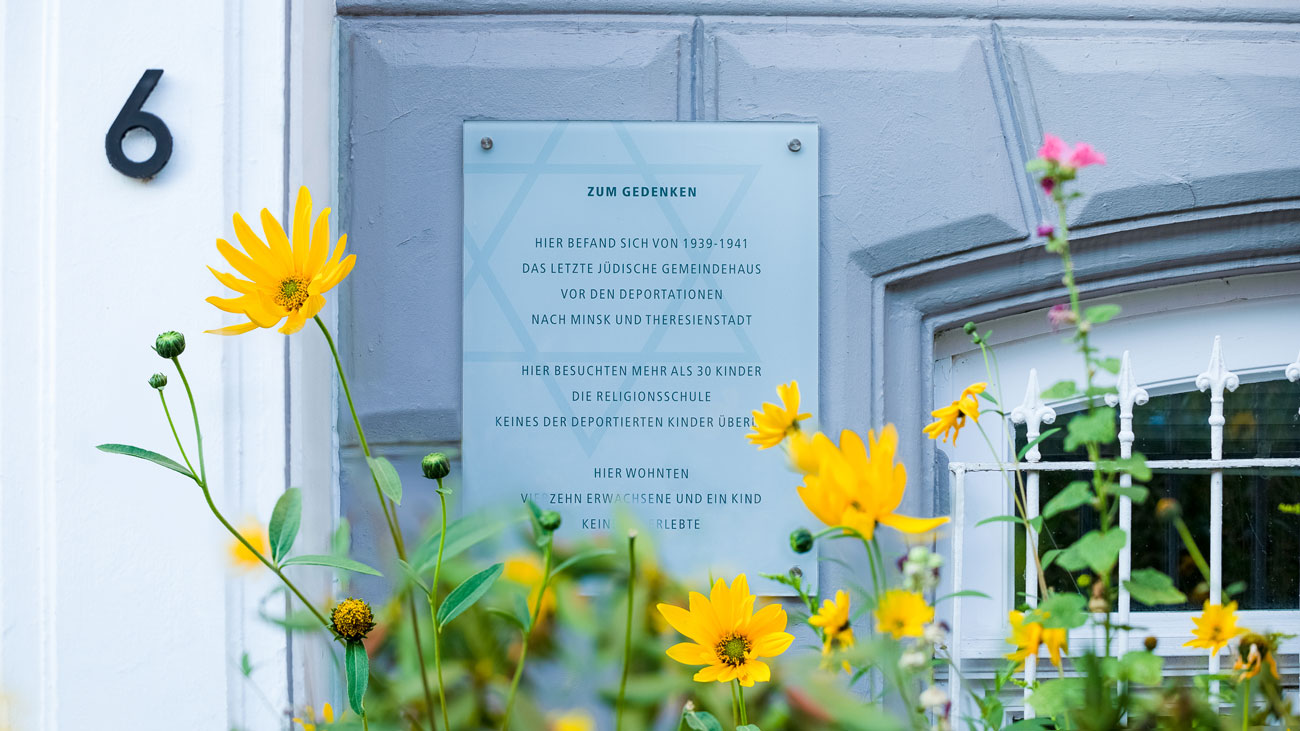
© Matej Meza/Universität Bremen
How Students Are Positioning Themselves Against Anti-Semitism
One in four Germans has anti-Semitic views. That is the result of a new study carried out by the World Jewish Congress - the umbrella organization of Jewish communities and organizations. 1,300 people took part in the study. Some of them were so-called elites, thus university graduates with a yearly income of 100,000 euros.
Is anti-Semitism spreading across Germany and also Bremen? The president of the World Jewish Congress, Ronald S. Lauder, commented with regard to the study that it is time for German society to take a stand and combat anti-Semitism head-on.
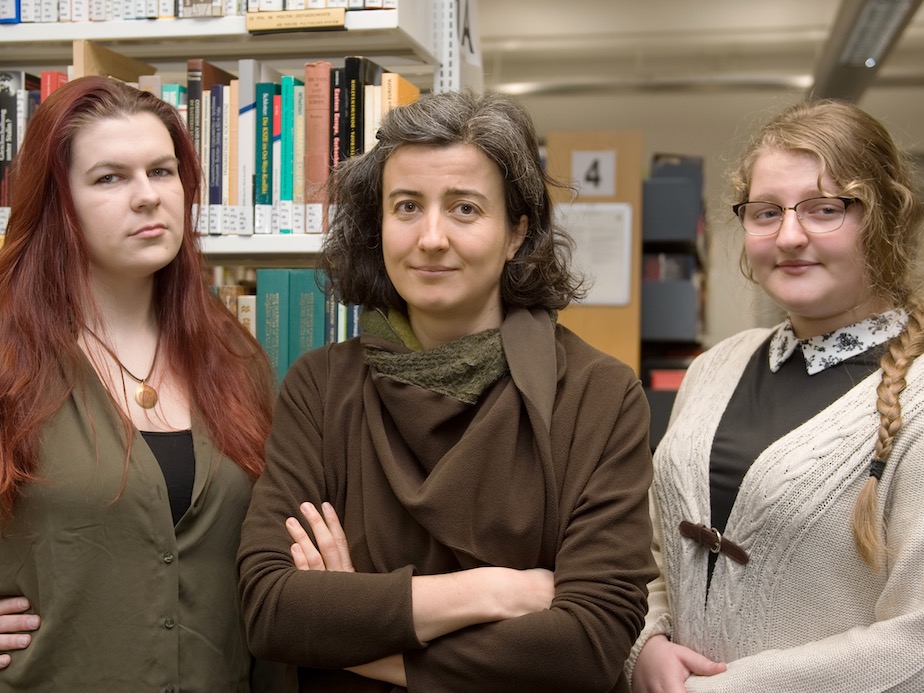
© Harald Rehling/Universität Bremen
Successful Tour of the City
Show where you stand, do something, that is what the three history students Franziska Nobis, Julia Chapiro, and Clara Hafner thought. They are participating in the seminar on contemporary Jewish history held by Professor Magdalena Waligorska-Huhle. Instead of a term paper, they created a three-hour tour of the city using archives, witnesses, and Bremen sources. In order to commemorate the deportation of 440 Bremen Jews to the Minsk Ghetto 78 years ago, they realized their tour of the city in the middle of November 2019. “We are deliberately trying to reach the public. There were so many registrations that we had to reject some people,” explains Franziska Nobis, who is in the third semester of her bachelor’s degree.
The three dedicated women led the tour group to the memorial, the former synagogue in the Schnoor, to the old police station where they mentioned the support of the Bremen police in the persecution of the Jews, and to the Stolpersteine stumbling stones. “Due to the positive feedback, we are thinking about repeating the tour,” says her fellow student Julia Chapiro.
Increasing anti-Semitism is a current topic for the history students. “Society is in a great period of transition, during which uncertainty arises,” she explains. That is how scapegoating develops as a psychological answer to uncertainty. Franziska Nobis emphasizes the role of social media. “Fake news, racist comments, and smears appear in this fast-moving culture and just slip through the cracks. Reading for more than 30 seconds is too much effort,” she says. That is why only vague aspects stick. Professor Waligorska-Huhle, who teaches history and the culture of East-Central Europe, warns that “the Holocaust seems to be very far away for the fourth post-war generation and the witnesses of the time are becoming extinct.”
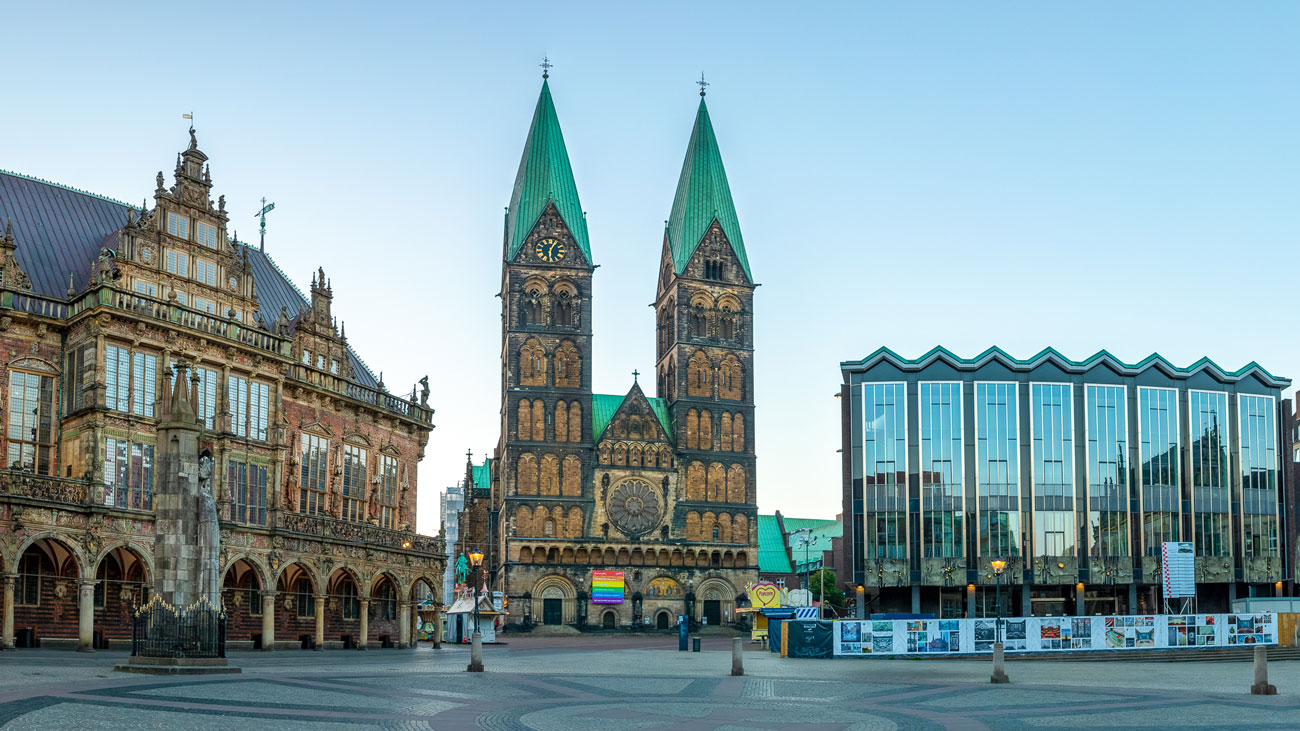
© Matej Meza/Universität Bremen
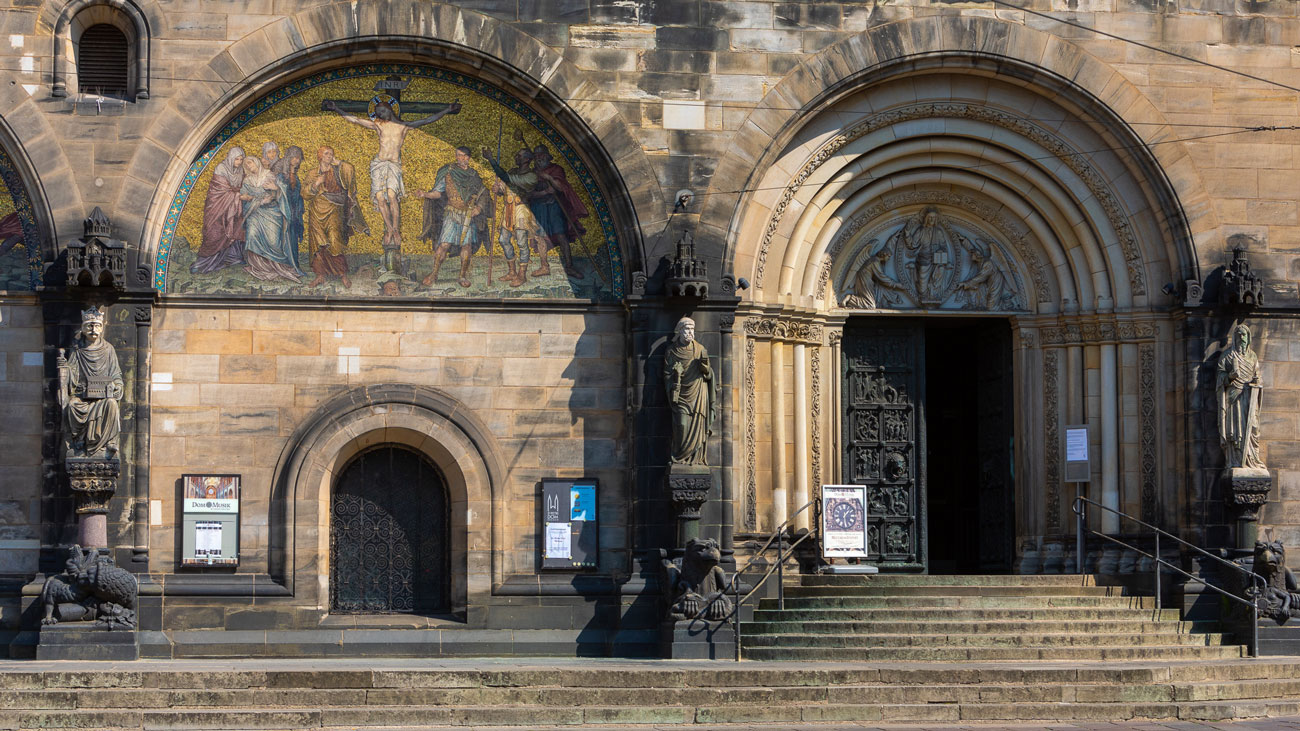
© Matej Meza/Universität Bremen
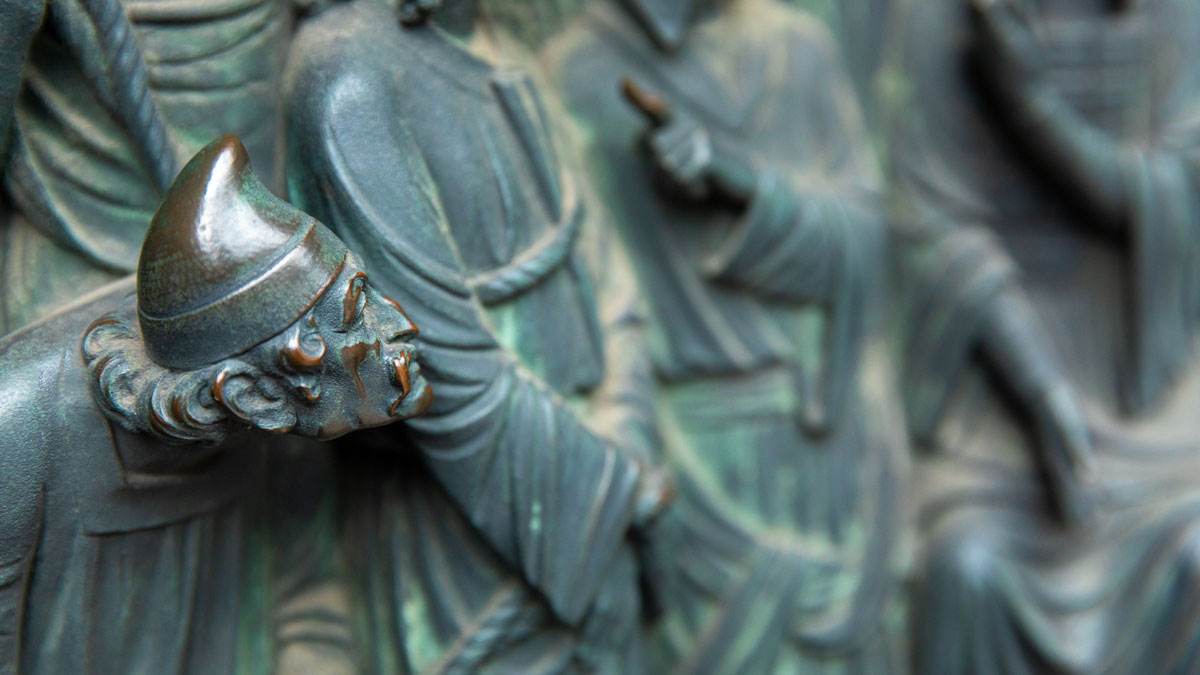
© Matej Meza/Universität Bremen
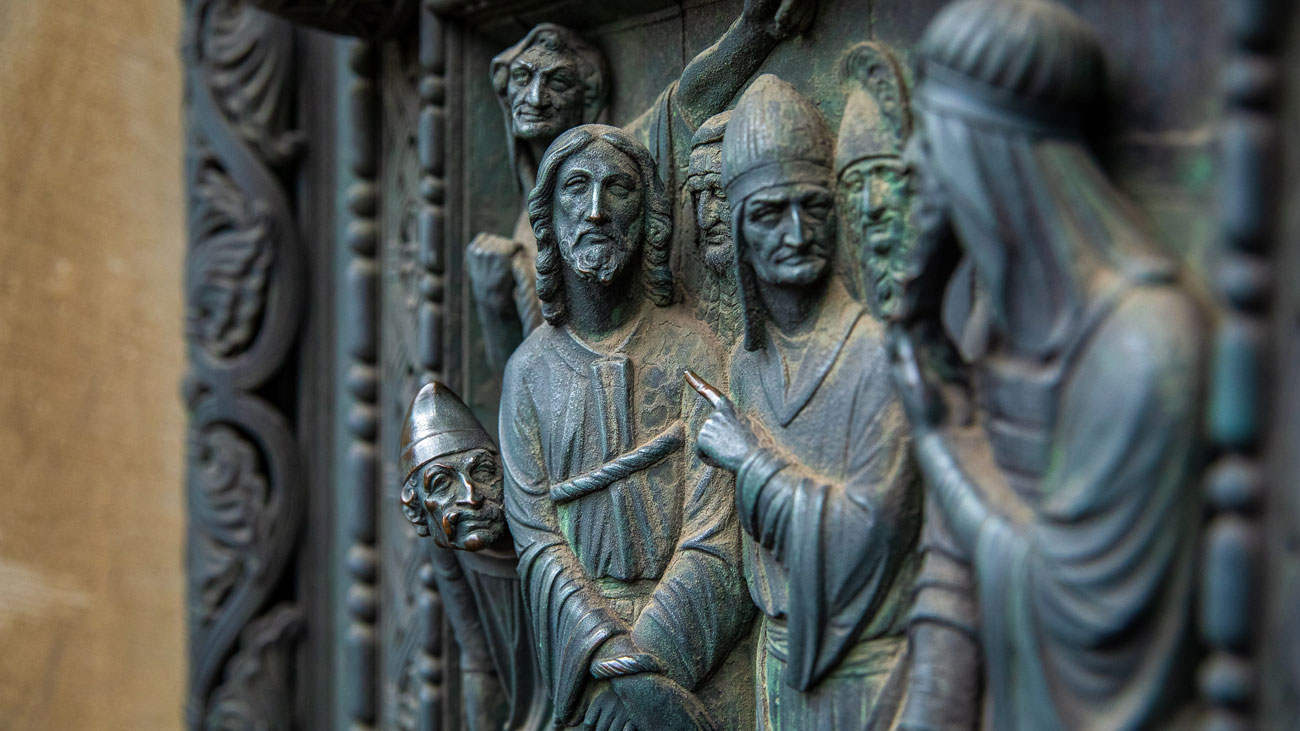
© Matej Meza/Universität Bremen
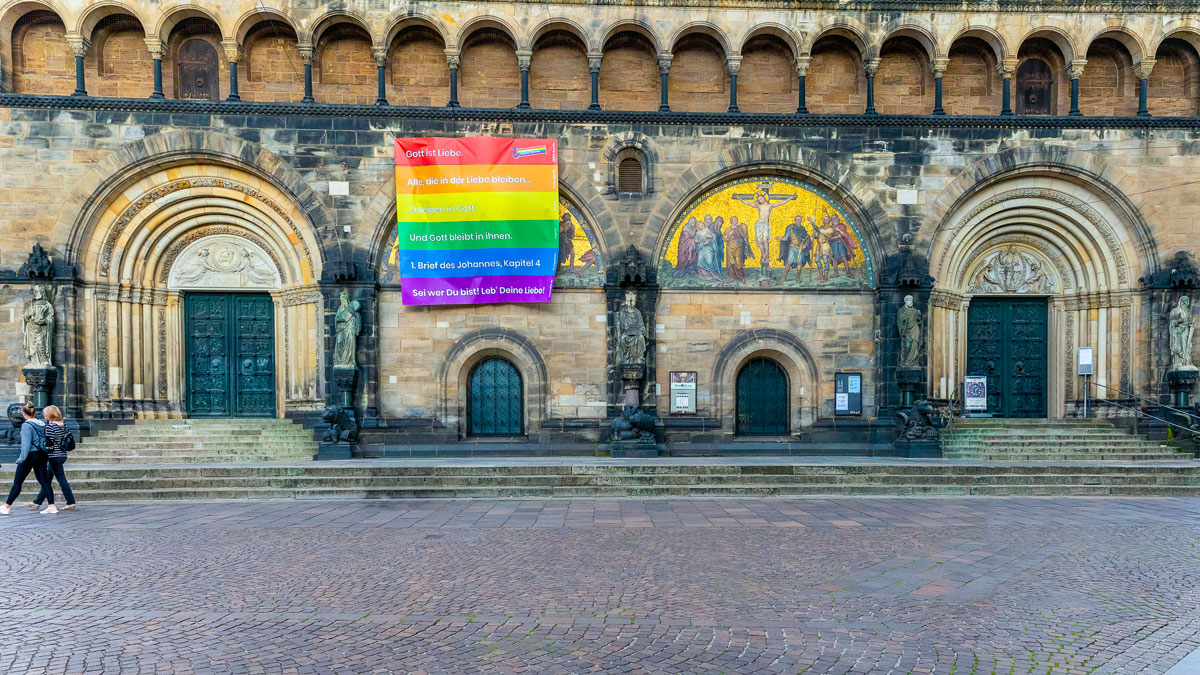
© Matej Meza/Universität Bremen
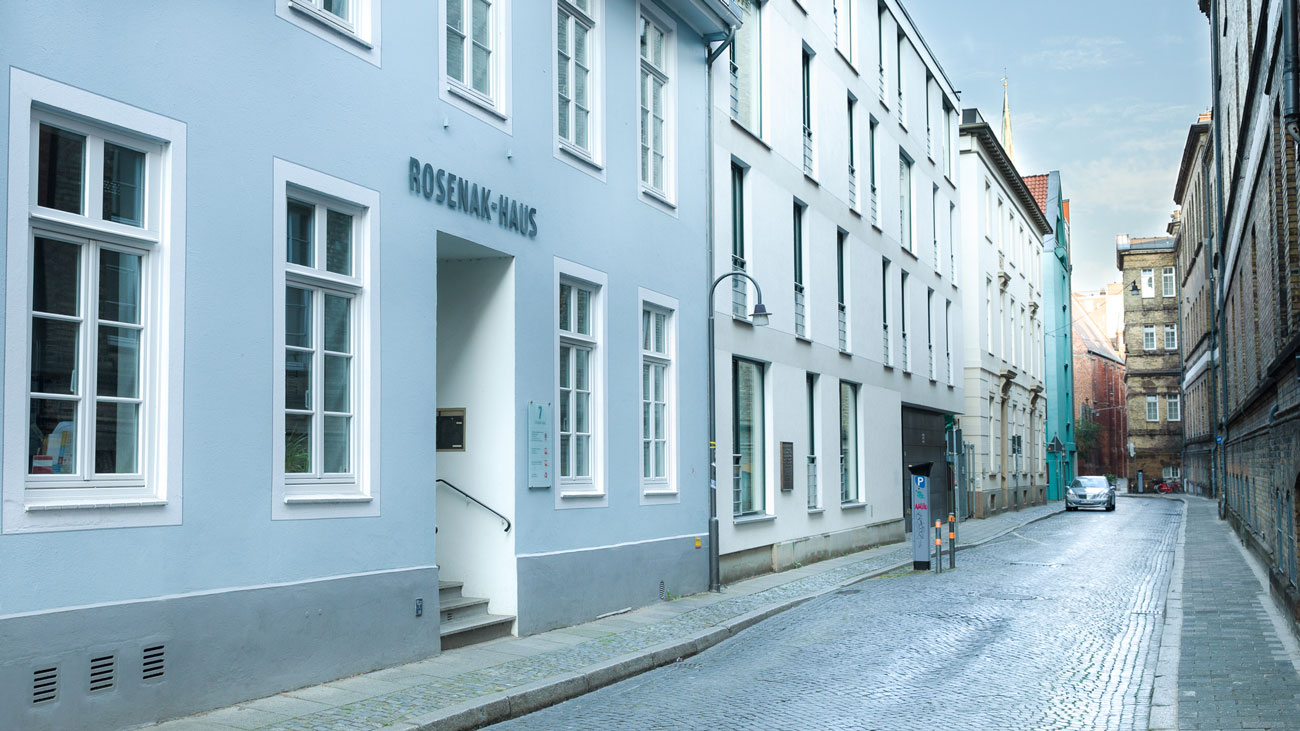
© Matej Meza/Universität Bremen
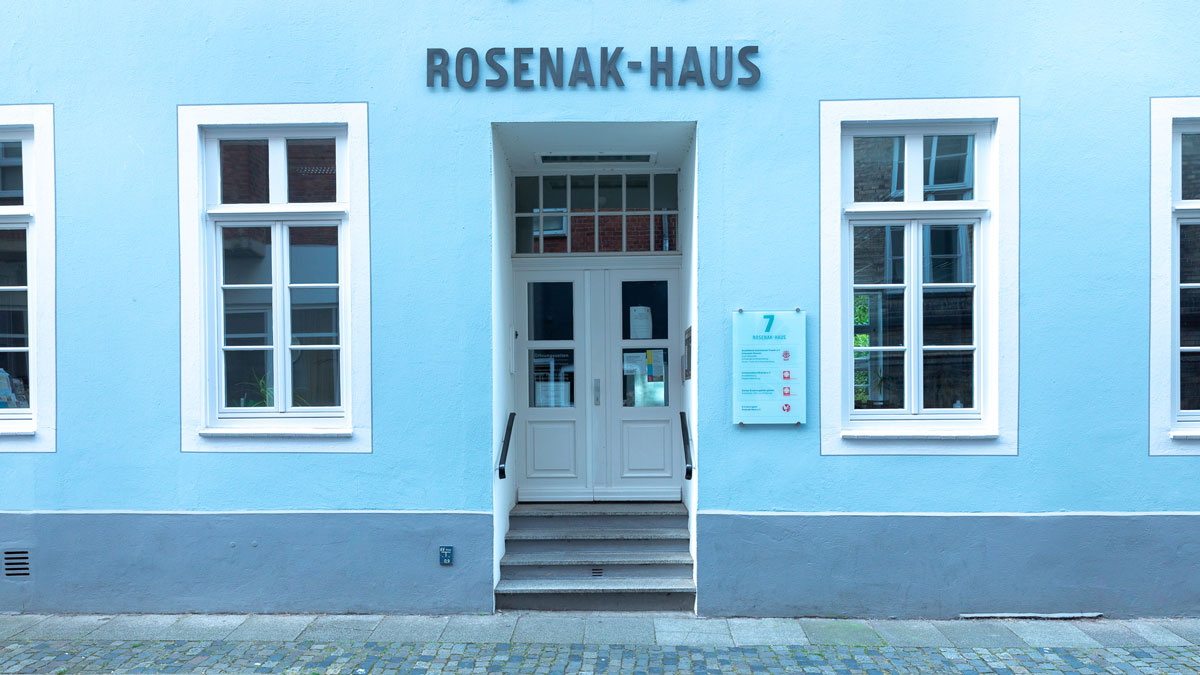
© Matej Meza/Universität Bremen
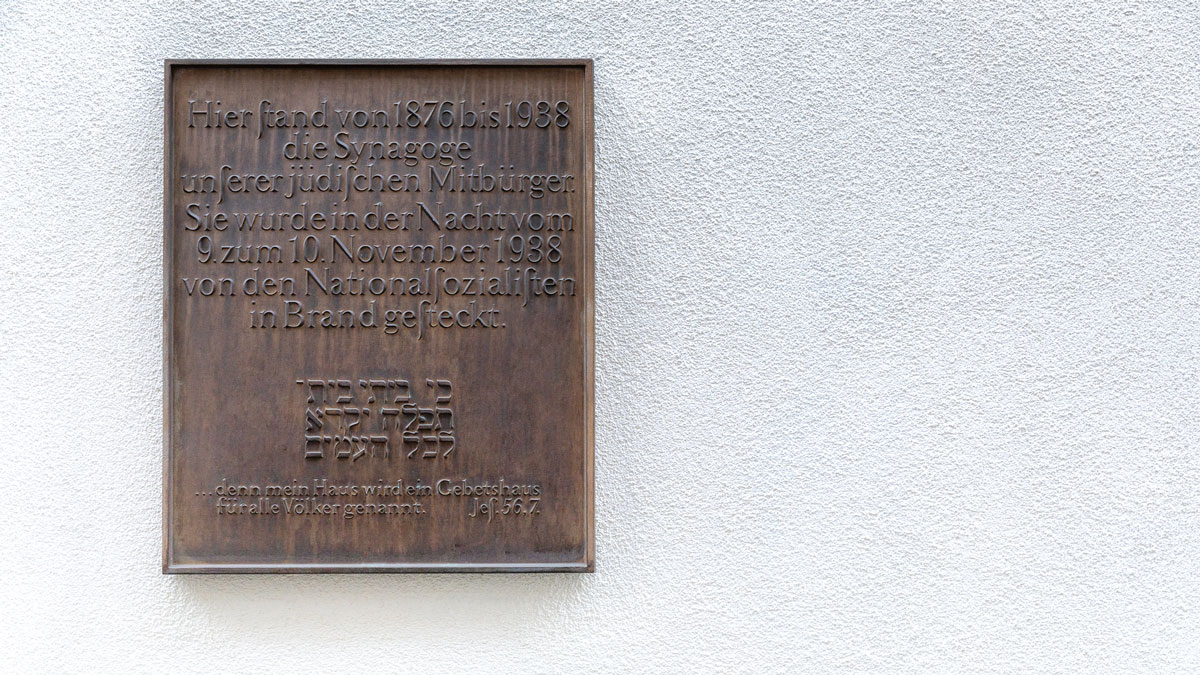
© Matej Meza/Universität Bremen
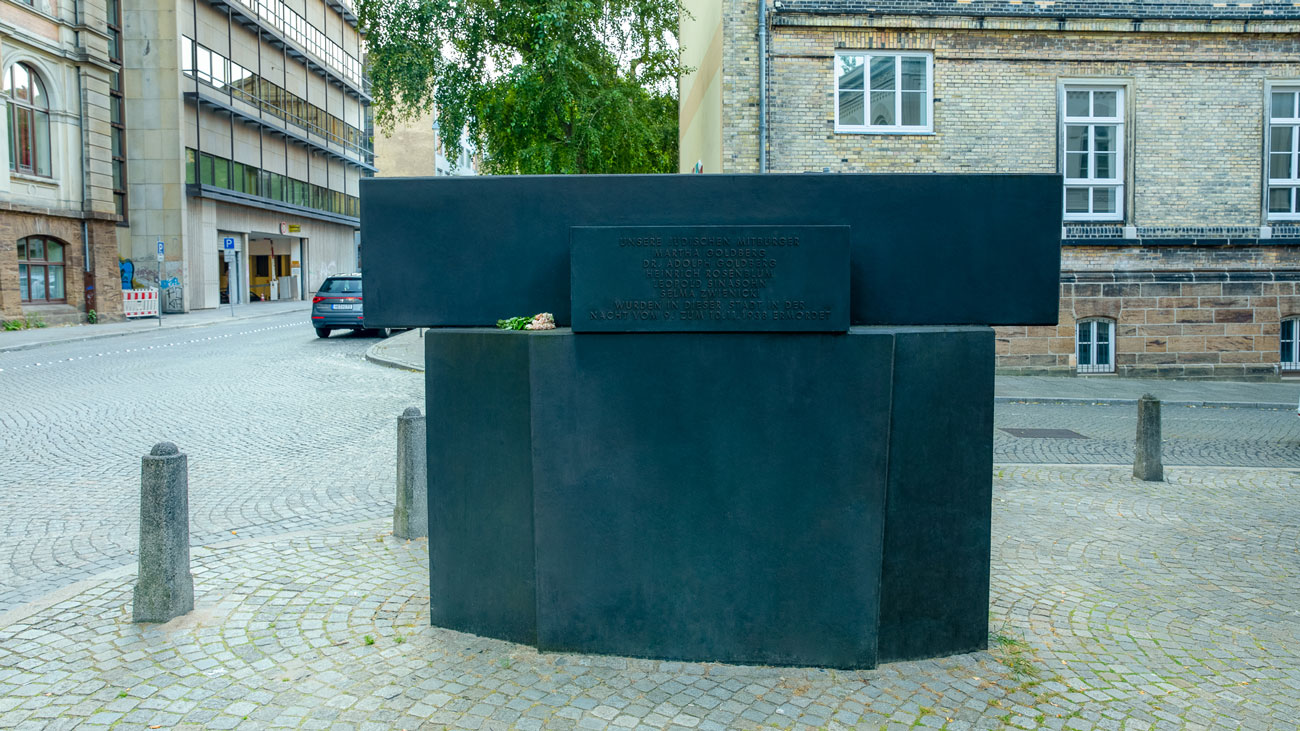
© Matej Meza/Universität Bremen
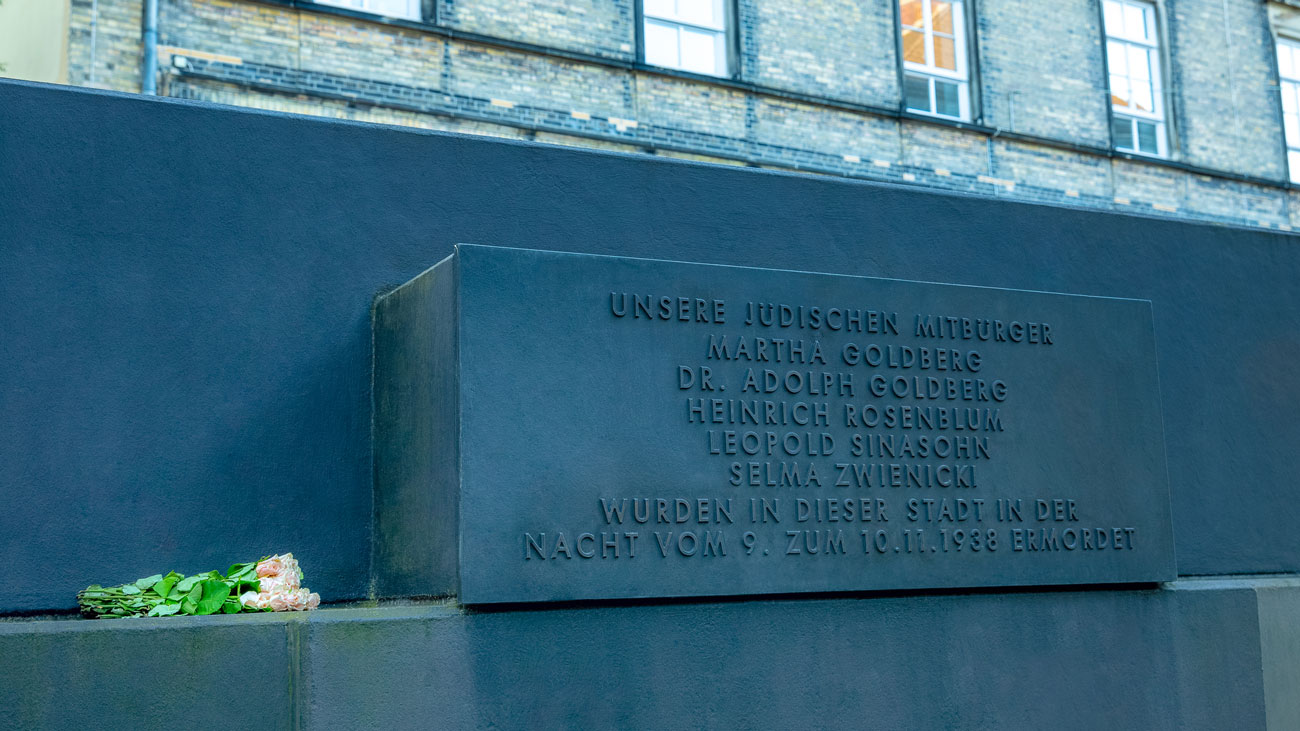
© Matej Meza/Universität Bremen
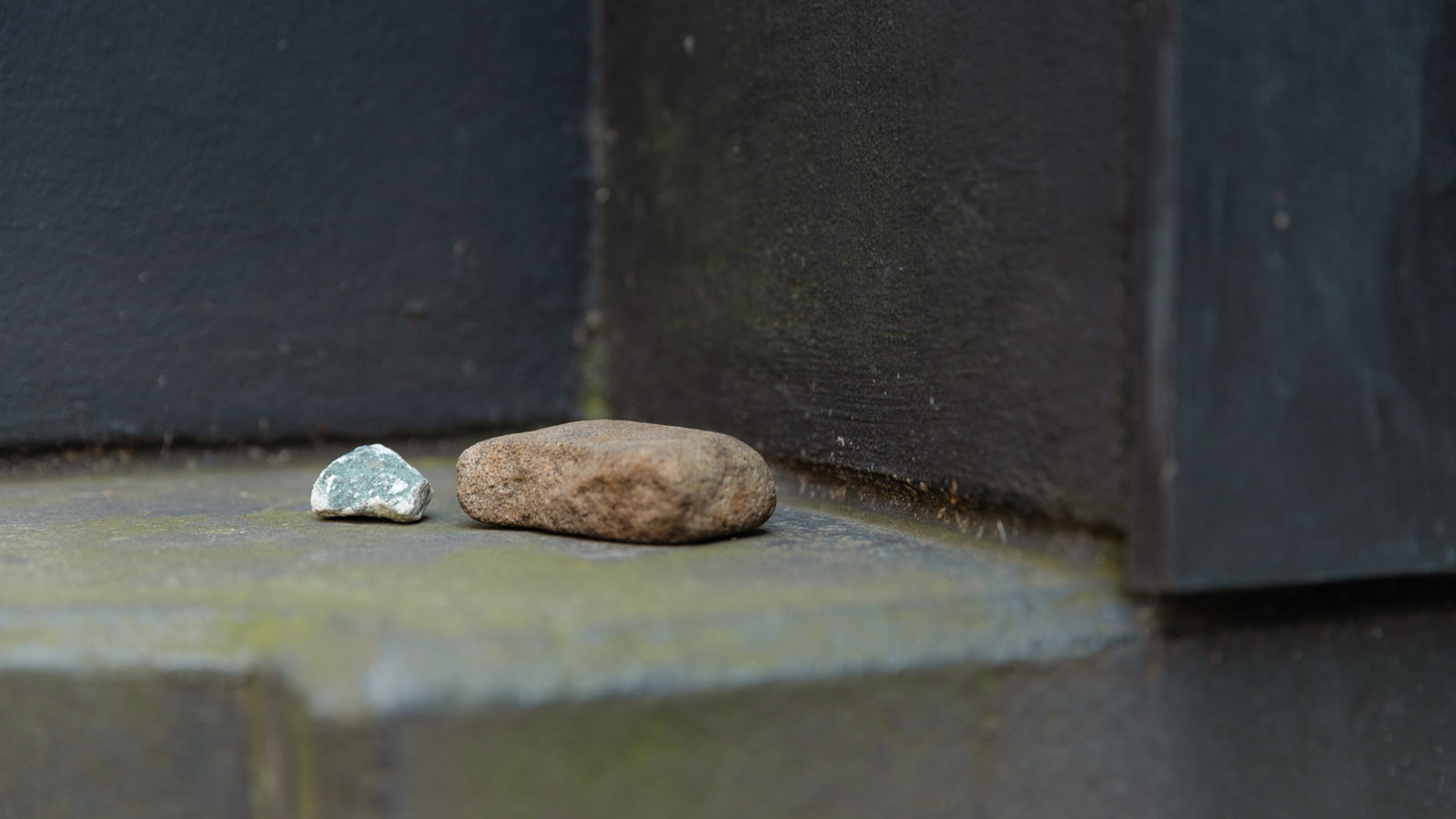
© Matej Meza/Universität Bremen
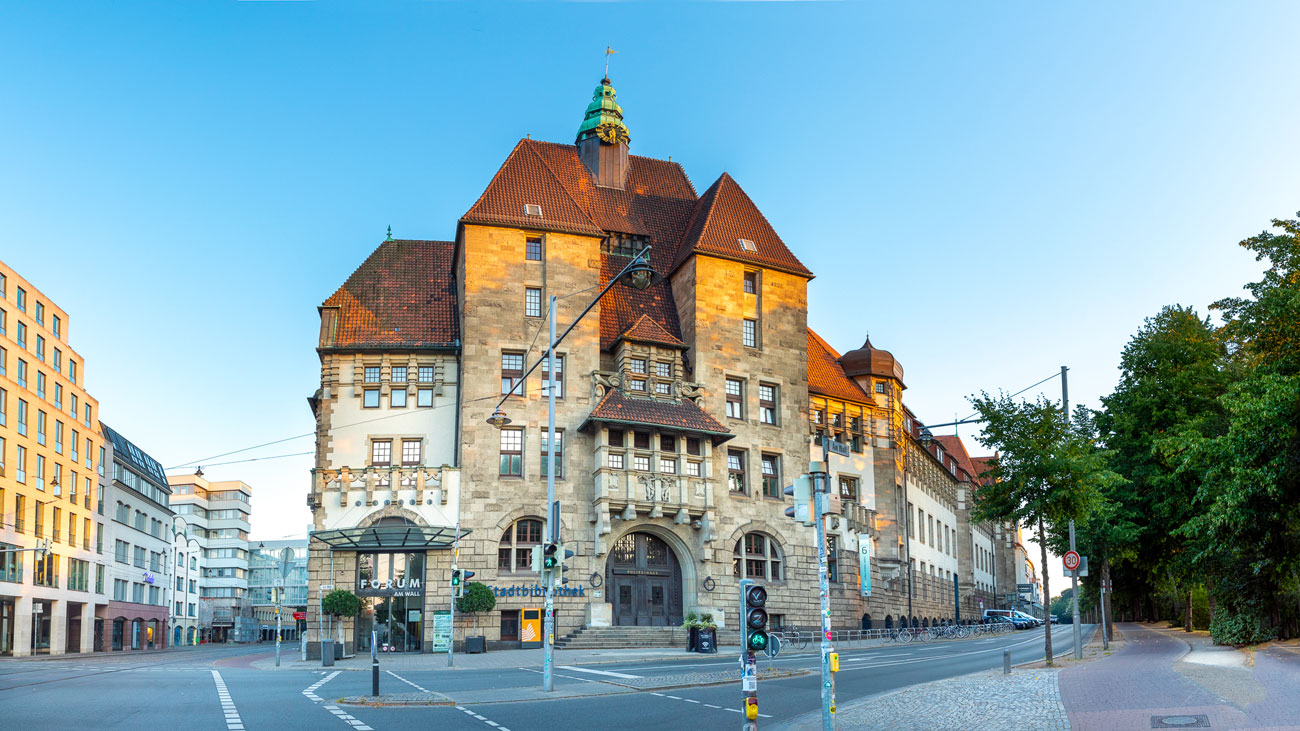
© Matej Meza/Universität Bremen
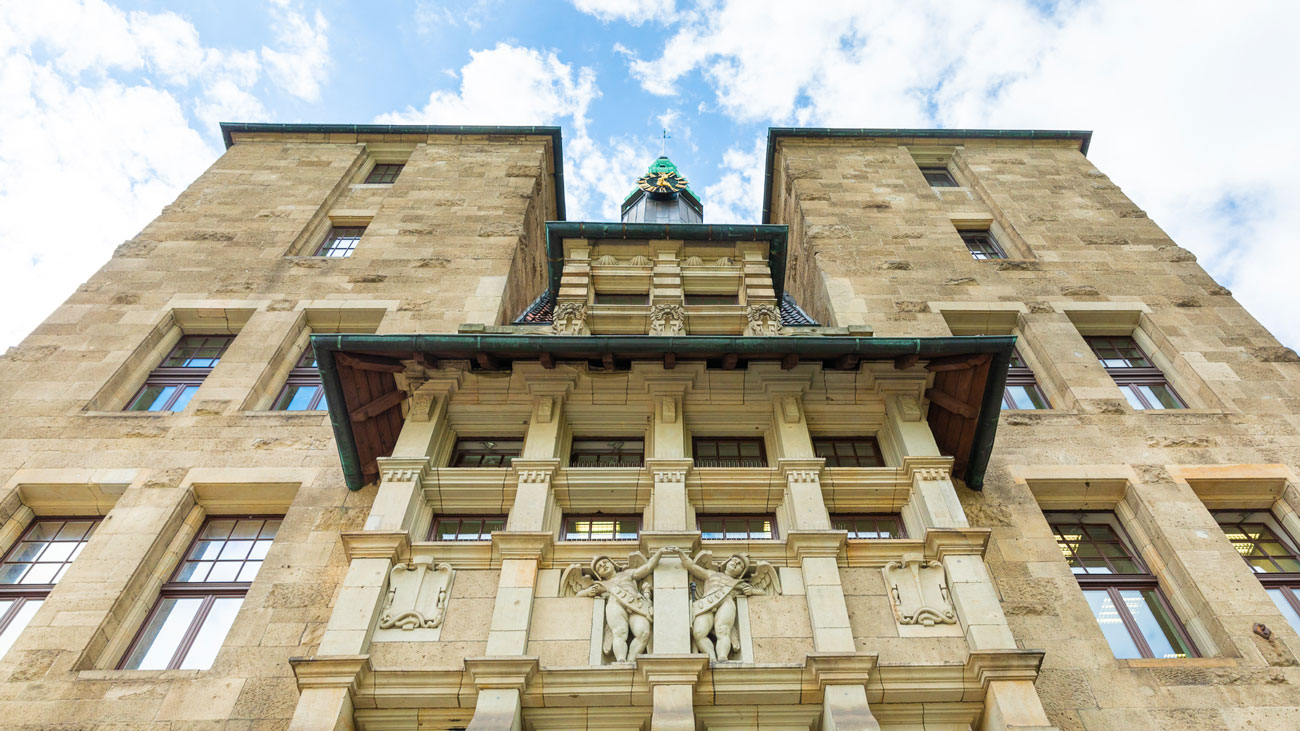
© Matej Meza/Universität Bremen

© Matej Meza/Universität Bremen
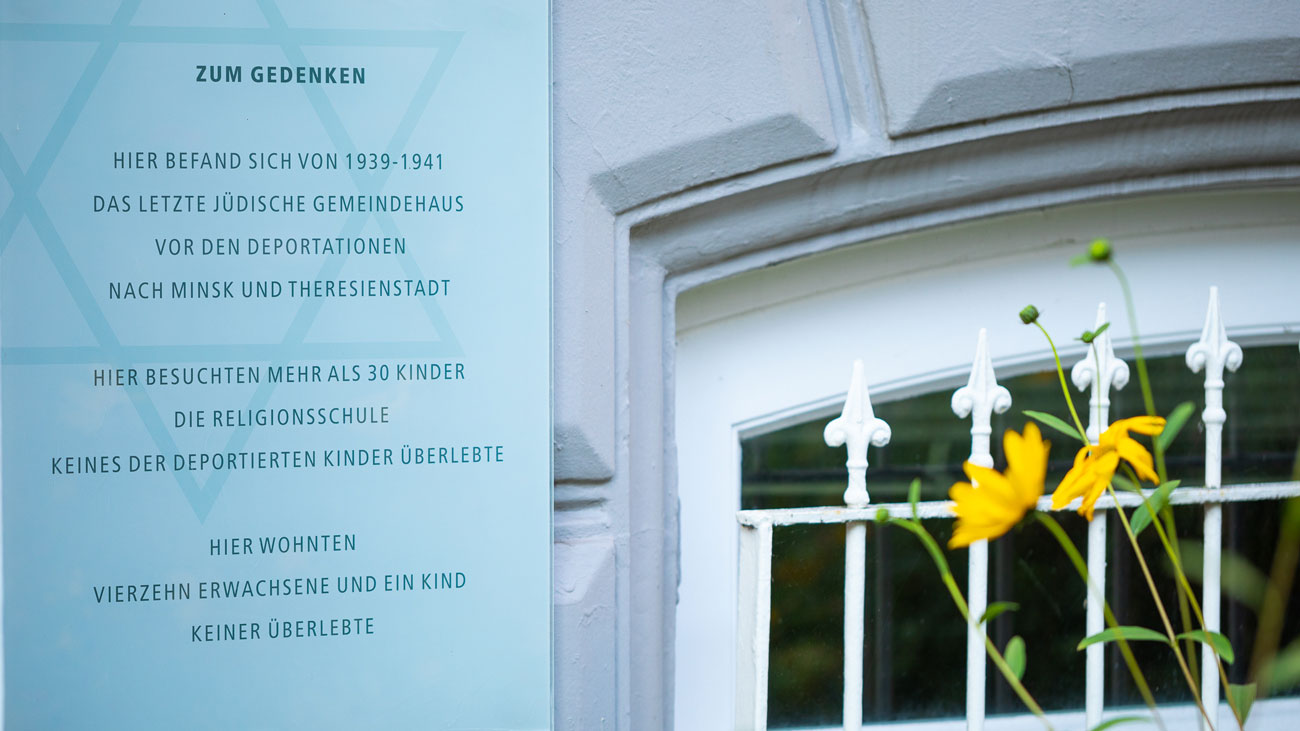
© Matej Meza/Universität Bremen

© Matej Meza/Universität Bremen
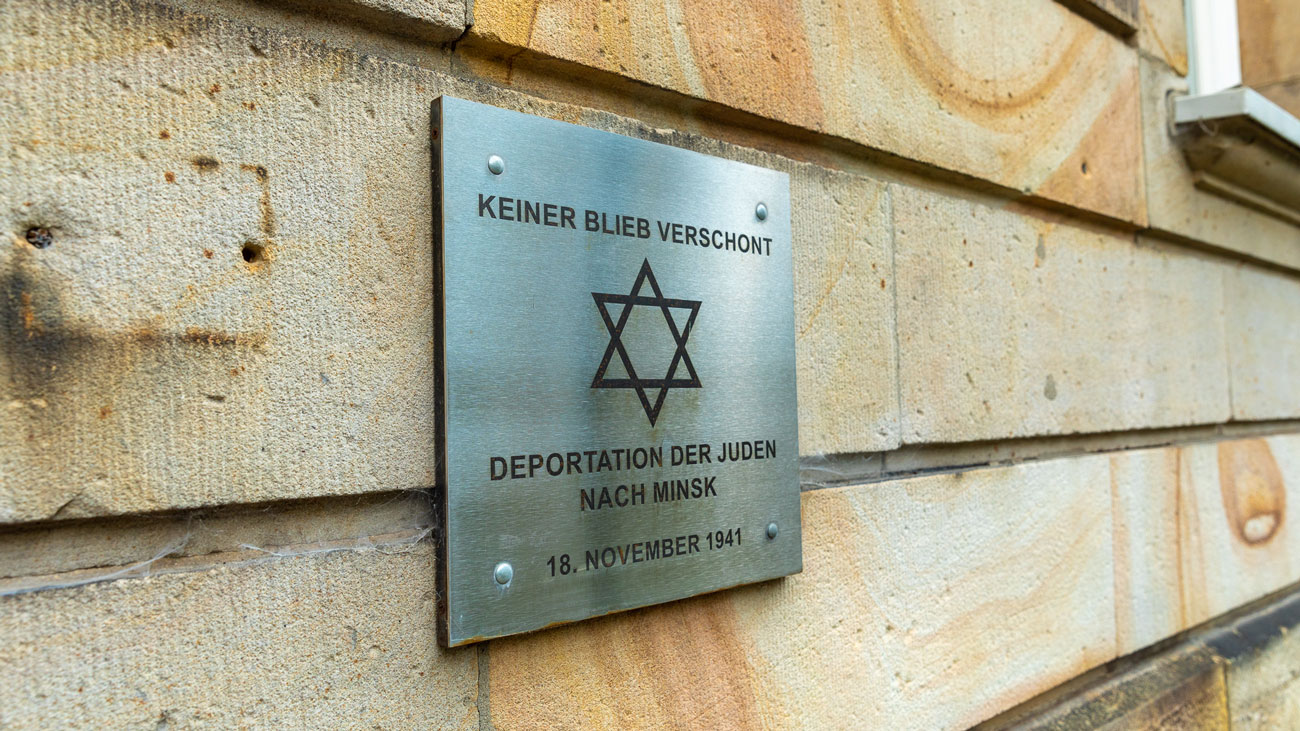
© Matej Meza/Universität Bremen
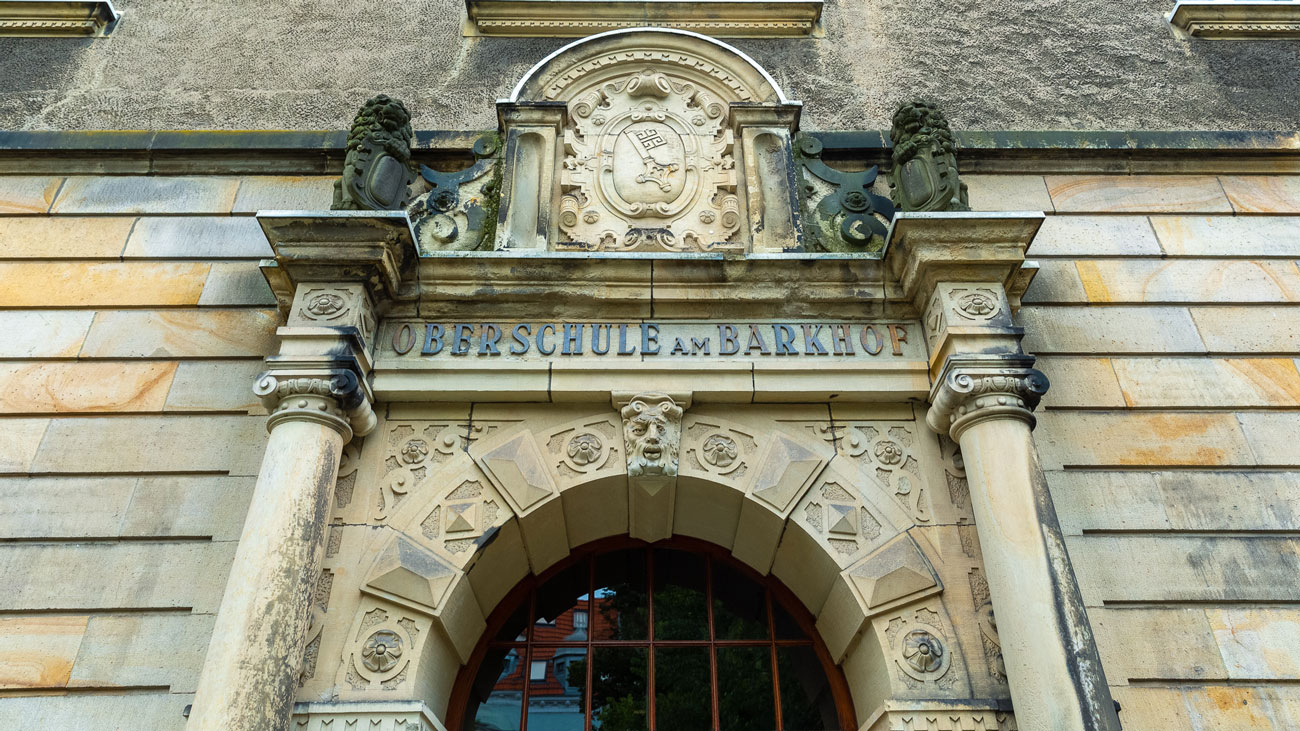
© Matej Meza/Universität Bremen
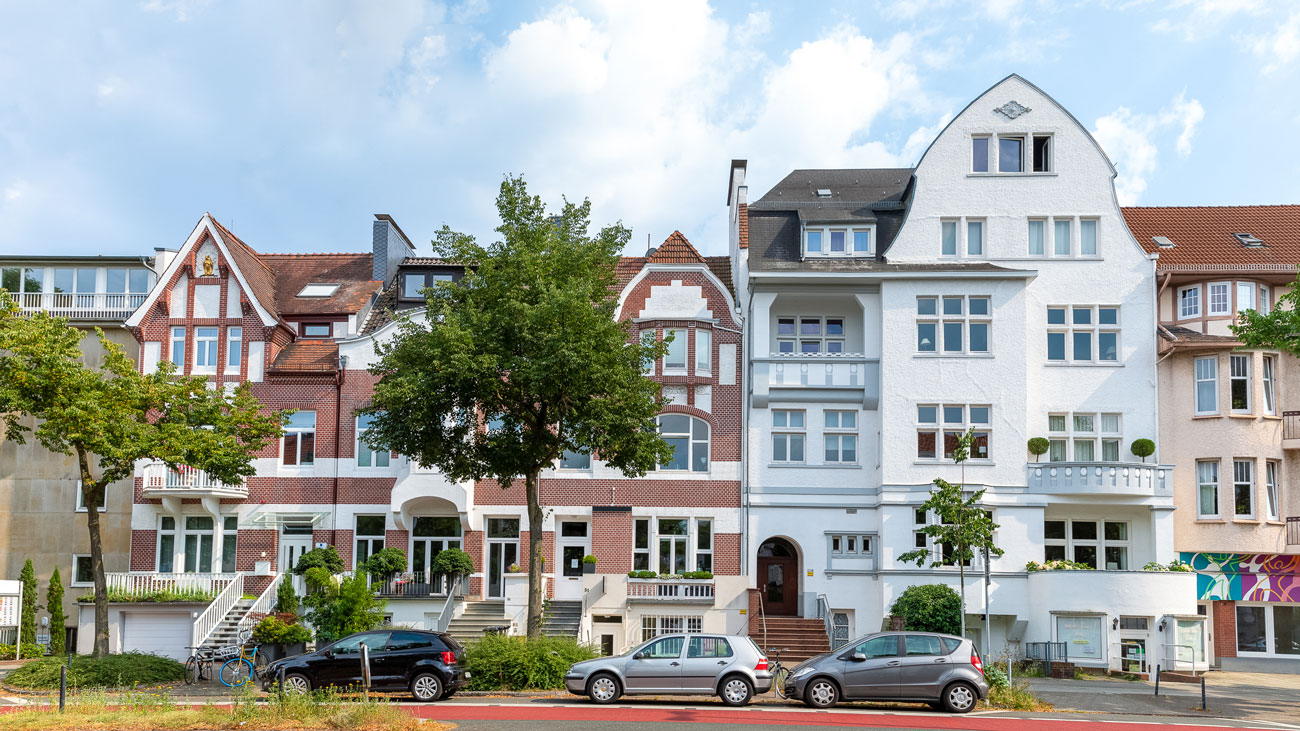
© Matej Meza/Universität Bremen
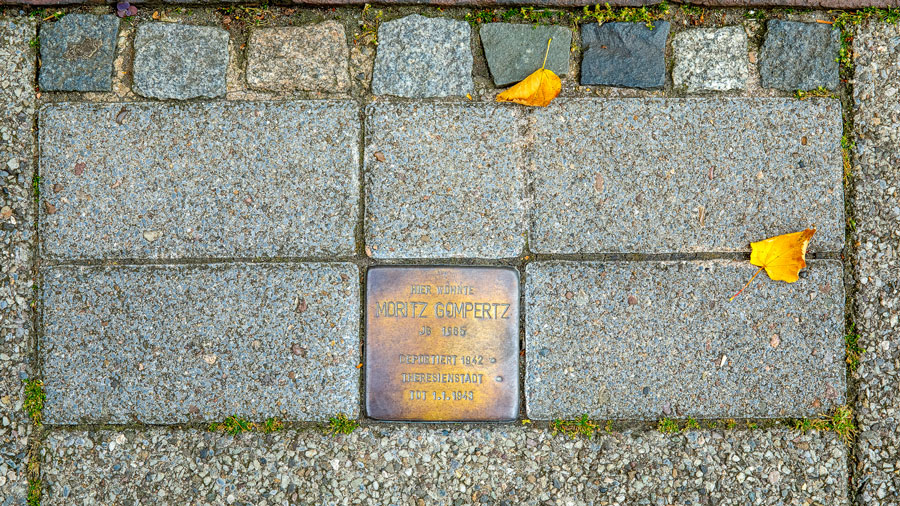
© Matej Meza/Universität Bremen
Outstanding Support for Vigil
The attack in Halle caused shock at the University of Bremen. Alongside their tour of the city, the students invited the citizens to hold a vigil. They were supported by the Jewish community from Schwachhauser Heerstraße and the regional Bremen group of the Action Reconciliation Service for Peace organization. “It was a complete success in our opinion. 80 people came,” reports Julia Chapiro proudly.
Awakening Positive Curiosity about Israel
Till Schmidt studied politics and cultural sciences at the University of Bremen. For the past two and a half years, the 30-year-old has been a dedicated member of the German-Israeli Society and founded the Youth Forum in Bremen, which is the society’s youth organization. He wants to awaken “positive curiosity” about the country. Anti-Semitism is a not just a problem of the fringes of society, it can also be seen in the middle of it,” he criticizes. The affected persons are scared. “A friend of mine wears a kippah but also wears a hat over it to hide it when he is out in public.”
With his fellow companions, Schmidt holds up to seven events every semester. Often, they are discussions groups on political topics, but Israeli cooking courses are also offered regularly. One example on April 6, 2020: “Flight and displacement of Jews out of the Arab states, Turkey, and Iran”: a presentation and discussion with the publicist Stefan Grigat. The dedicated, young Bremen citizen is convinced that “we need to take the perspective of the affected seriously.”
Contact
The Youth Forum is on Facebook.